Netflix knows we’re on our phones while we watch TV. Recent articles discuss Netflix’s or streamers’ requests for creatives to produce content optimized for casual viewing, meaning intentionally scripted for distracted viewers.
I’ve spent the last few years researching how Netflix shapes European screen production, a region where the streaming giant has invested billions in original content.
I first encountered the concept of “second-screen shows” — created with distracted viewing in mind — in 2022.
At the time, I was doing interviews with producers, showrunners, screenwriters and directors who had worked on European Netflix originals (due to confidentiality, they have been given pseudonyms here). Two of my interviewees described what they saw as very unusual feedback coming from Netflix executives: make a show that the audience can follow without looking at the screen.
Recipe for a ‘second-screen show’
So, how exactly do you make a second-screen show?
One of my interviewees, Eleven, said that Netflix explicitly labels certain series “second-screen shows” and develops them as such. Another, Tokyo, shared their experience encountering similar directives:
“[Netflix] basically said, ‘What you need to know about your audience here is that they will watch the show, perhaps on their mobile phone, or on a second or third screen while doing something else and talking to their friends, so you need to both show and tell, you need to say much more than you would normally say. […] You need your audience to understand what’s going on, even if they’re not looking at the screen.’”
These series are designed around the viewing behaviours of their target audience, described by my interviewees as “younger” and “young adult” viewers.
As Eleven explained, a Netflix executive would talk about how “in this show, we have to make sure that the points come through, even though kids are watching TikTok while they watch it.”
(Alfredo Flores/Netflix via AP)
Because Netflix knows a certain target audience will be “second-screening” these series, the streamer wants the show’s writing to facilitate this practice. Concretely, this means overly expository dialogue, repeating plot points and adding lots of voice-overs to narrate the action and help the distracted viewer follow along.
Other sources cite examples where screenwriters were told to have characters announce what they’re doing and make the show less distracting from the viewer’s “primary screen” (their phone).
Eleven joked about how if a character was sad, Netflix would ask to include a line of dialogue for the character saying, “I’m sad” with tears streaming down their face, while rain pours, and mournful violins play in the background.
Here, the golden rule of screenwriting “show, don’t tell,” is cast aside for “show and tell” (and tell again). Joking aside, they reflected: “It saddens me, on behalf of great storytelling traditions.”
The revival of casual viewing
But are second-screen shows really the final nail in the coffin for prestige TV? The idea of casual or background viewing is not new.

(Shutterstock)
From soap operas to sitcoms to reality TV, there is a long history of content targeting the distracted viewer.
Sometimes we’re just tired and need an easy watch. But these types of series are a far cry from the era of HBO-style Netflix, hyping itself as the home of quality TV, a place where showrunners could find unprecedented creative freedom.
There is still a time and place for complex storytelling. But data suggests
that over half of viewers in many national markets — including in India, the United Arab Emirates, Australia, the United States, Britain and Denmark — are periodically checking their phones while watching TV. And Netflix is creating shows that enable this ritual.
‘Cult’ of data
Netflix’s strategy has always hinged on a granular understanding of its users. Netflix collects a huge amount of data on its subscribers and their viewing behaviors: what they’re watching, how, when, where and on what device. This information is used by teams of data scientists to not only improve Netflix’s personalization but also to help with decisions about what content to develop and how.
Yet research suggests Netflix has really cultivated the “myth of big data,” flip-flopping over the years about how much data influences the creative process of Netflix productions.
And while screen workers may resist what they sense about analytics as they participate in creative processes, ultimately, it is the executives greenlighting content who interpret data and choose how to use it.
Geralt, another producer I interviewed, described how “whenever you talk to the algorithm people and the data people at Netflix, it feels like a cult. They talk about the algorithm like it’s a god, like ‘Well the algorithm tells us…’”
One part of the content strategy
With that said, it’s critical to take blanket statements about Netflix’s operations with a grain of salt.
The behemoth operates in more than 190 countries, with offices in 30, housing different teams and producing content around the globe. It’s estimated that 589 new Netflix originals were added in 2024.
Recent articles about “second screen” productions focused on the U.S. context, and my research did not seek to determine how many Netflix productions are made this way.
Netflix’s goal these days, according to CEO Ted Sarandos, is to be “equal parts HBO and FX and AMC and Lifetime and Bravo and E! and Comedy Central.”
Second-screen shows, it seems, are one part of this strategy.
Outlook for storytellers
It’s clear that viewing behaviours are driving changes in storytelling. But for screenwriters today, second-screen shows are only a symptom of bigger problems.
Between a shrinking drama market and the competition for attention from platforms like YouTube and TikTok, streamers are investing a lot less in content than they used to. They’re also much more risk-averse with these investments.
Even before now, producing for streamers brought its own set of challenges.
Writer advocates with the 2023 TV writers strikes highlighted how streaming introduced new and exciting formats for TV writing, but also a new kind of precarity. And concerns continue to loom around how AI might impact creativity, career sustainability and IP rights.
Last year, the Canadian Media Producers Association joined production organizations around the world in issuing a call for streaming regulation that underscores independence, IP rights and fair remuneration.
Read more:
Online Streaming Act: As we revisit Netflix support for Canadian content, it’s about more than money
It’s no surprise the mantra across the media industries last year was “survive ‘til ’25.”
As media creators become increasingly dependent on data-driven tech companies, they will continue producing content to the whims of executives following the holy algorithm.
The next time you’re watching a Netflix show and feel the urge to scroll during another repetitive voice-over, the question is: Are some shows written like this because the audience is disengaged, or is the audience disengaged because shows are written like this?

The post “Too distracted to watch? Netflix has the perfect ‘second-screen’ show for you” by Daphne Rena Idiz, Postdoctoral fellow, Department of Arts, Culture and Media, University of Toronto was published on 02/17/2025 by theconversation.com



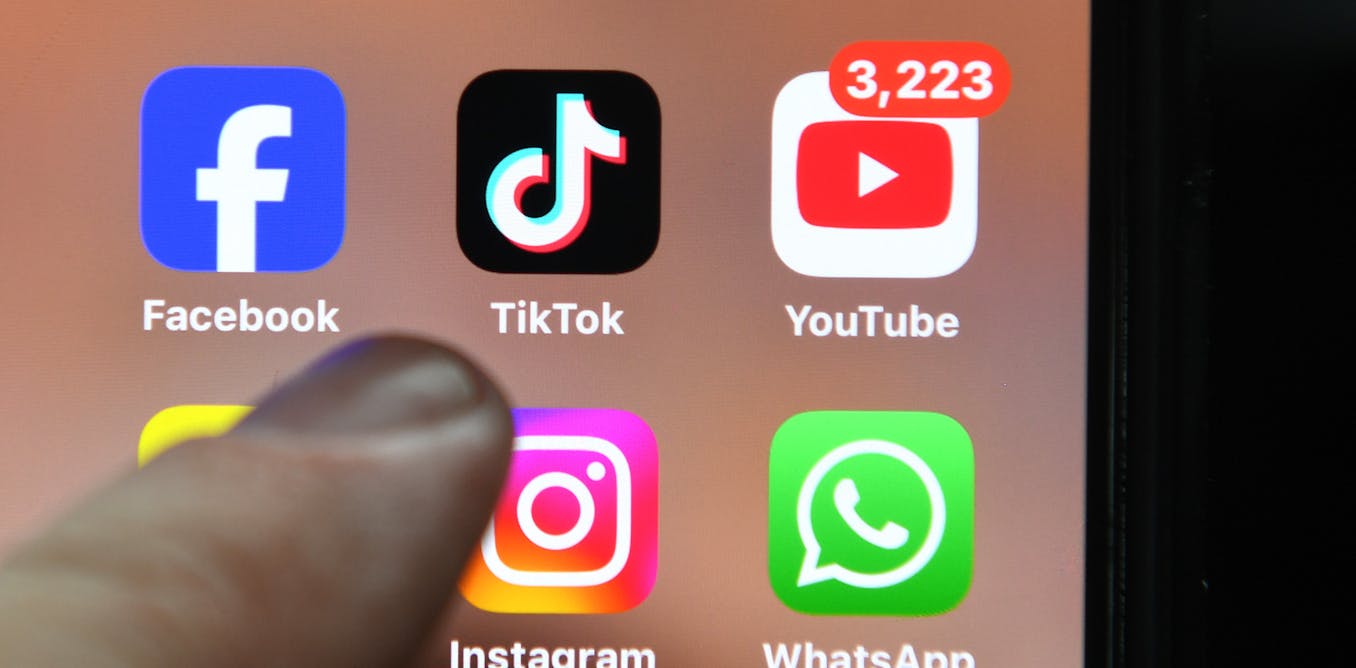



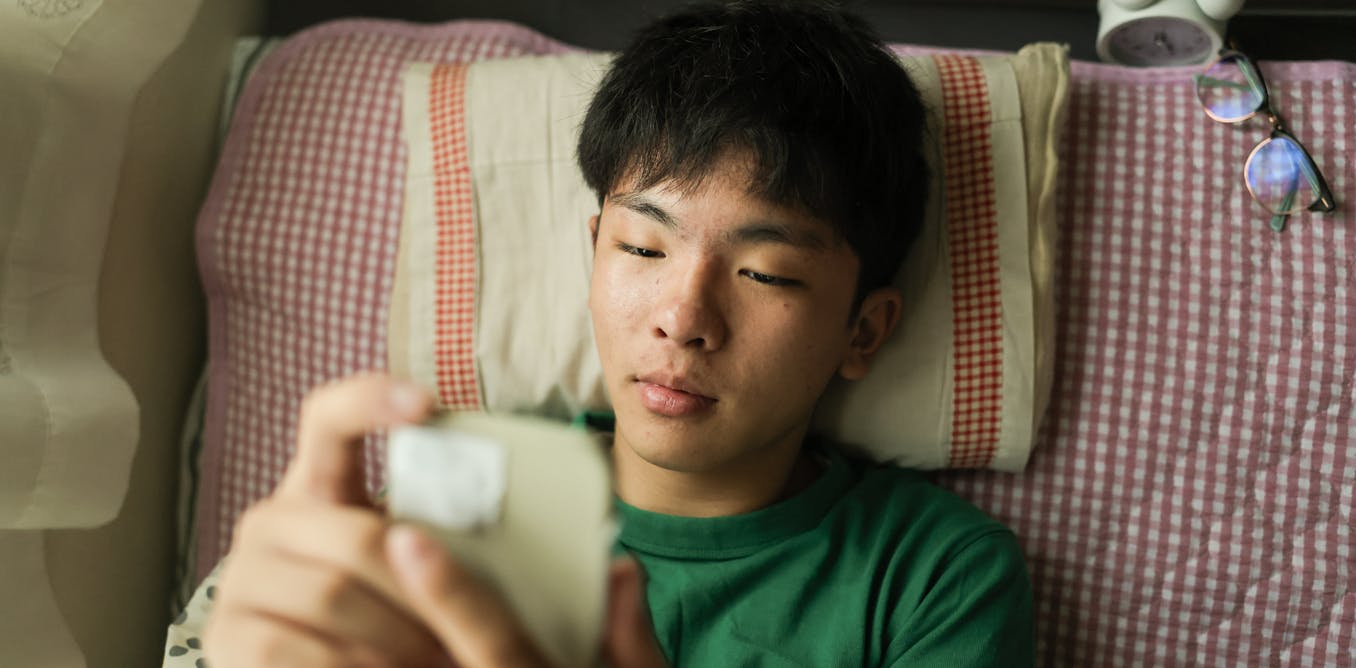


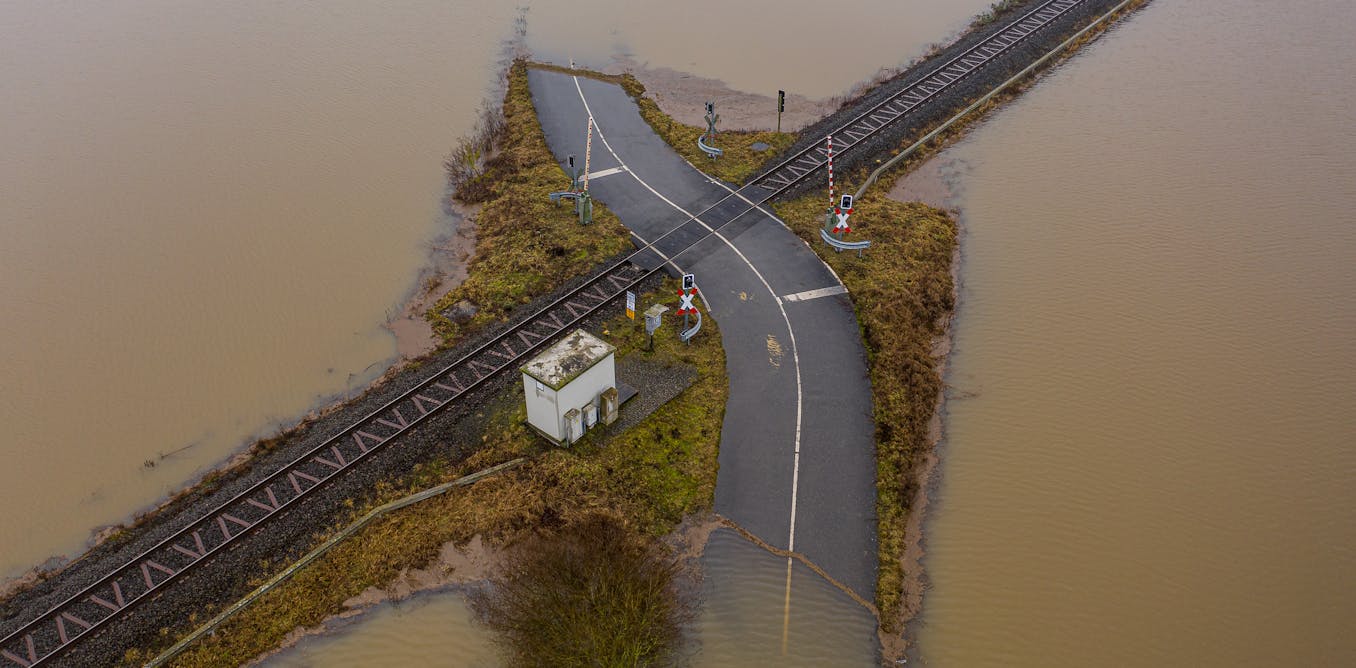


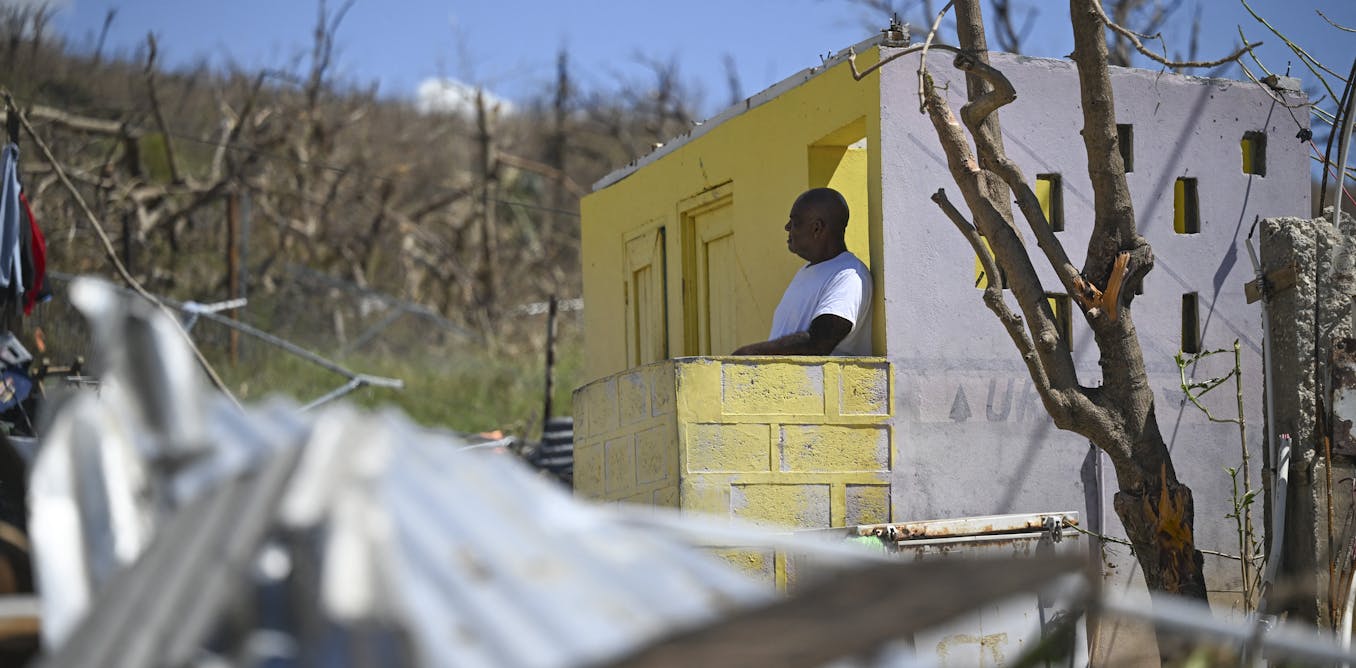


















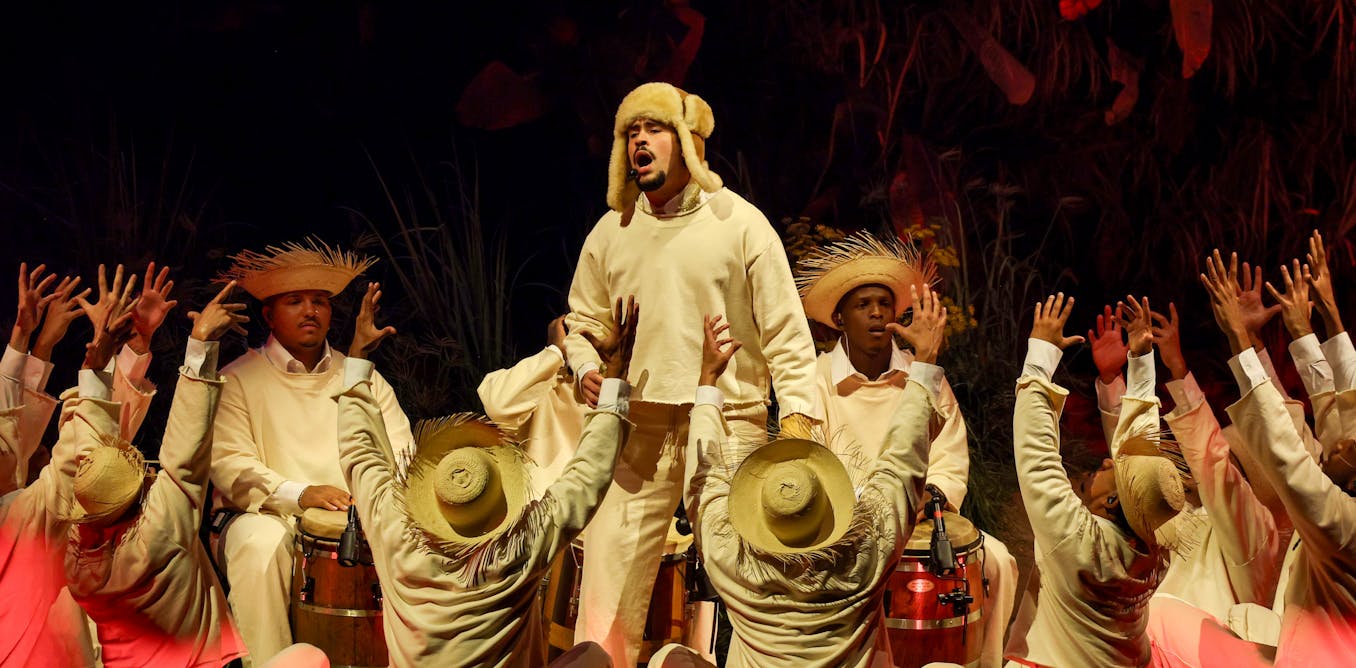




Leave a Reply